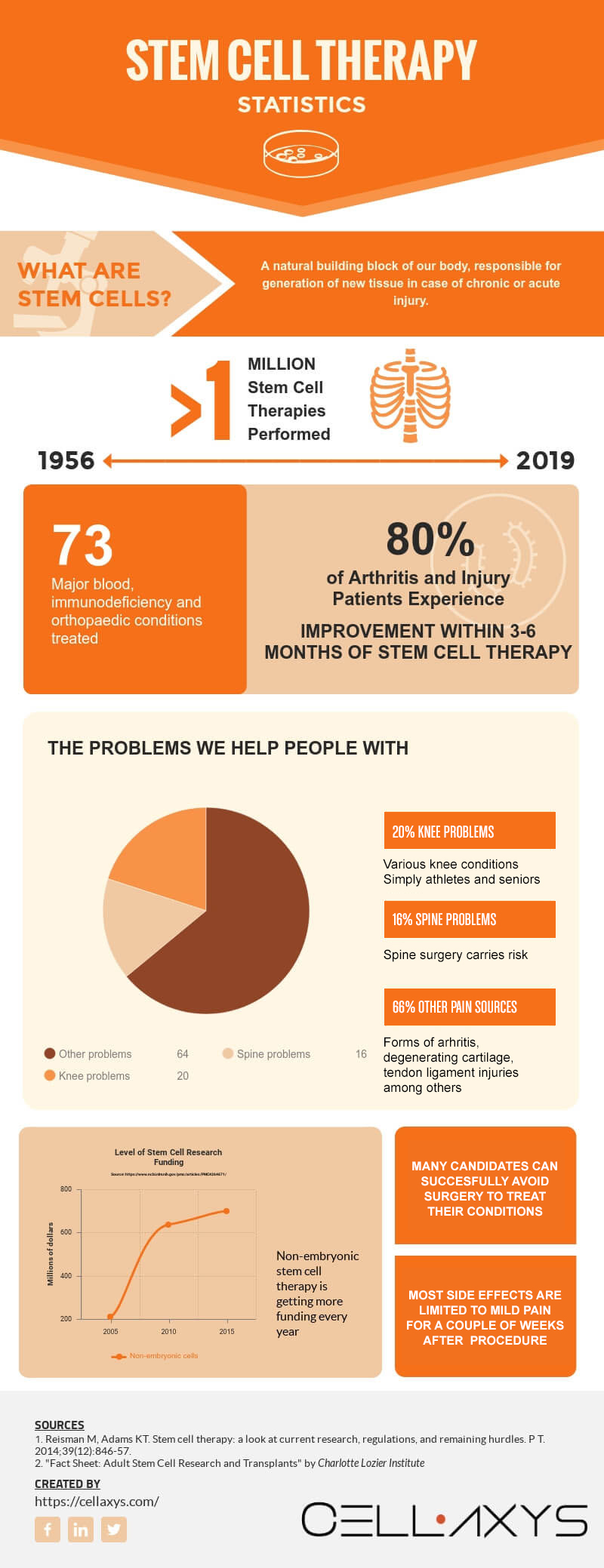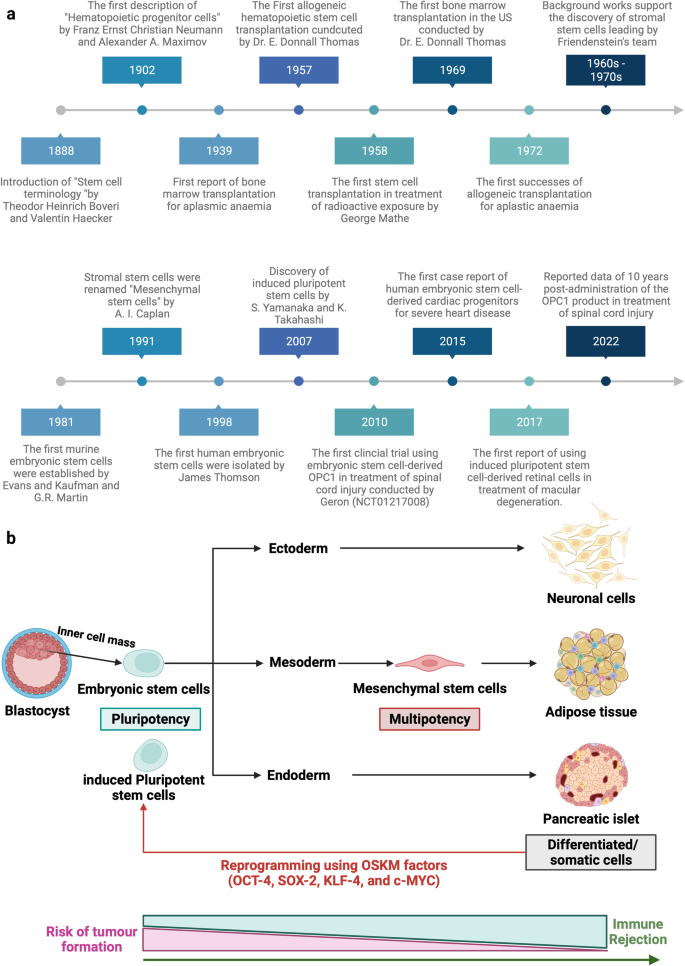Table of Contents

[/image][=video]
[/video]
There are several sorts of stem cells. In general, the term stem cell describes a group of cells that offer increase to other cells (like skin, blood, heart, and muscle mass cells) by reproducing and distinguishing in feedback to chemical signs. Totipotent stem cells show up at the earliest phase of advancement and are the only stem cells which can generate beginning stem cells and the placenta.
Bone marrow transplant (BMT) is an unique treatment for people with particular cancers cells or various other diseases. A bone marrow transplant includes taking cells that are typically discovered in the bone marrow (stem cells), filtering those cells, and giving them back either to the benefactor (individual) or to one more individual. The goal of BMT is to transfuse healthy bone marrow cells right into a person after his/her own unhealthy bone marrow has actually been treated to eliminate the irregular cells.
The blood cells that make other blood cells are called stem cells. The most primitive of the stem cells is called the pluripotent stem cell.
It is the stem cells that are required in bone marrow transplant. The objective of a bone marrow transplant is to treat lots of illness and types of cancer. When the doses of radiation treatment or radiation needed to cure a cancer are so high that an individual's bone marrow stem cells will be completely harmed or destroyed by the treatment, a bone marrow transplant might be needed.
Menopause Therapy
This procedure is frequently called rescue. Replace bone marrow with genetically healthy operating bone marrow to avoid more damages from a hereditary illness process (such as Hurler's disorder and adrenoleukodystrophy). The dangers and benefits have to be considered in an extensive discussion with your health care carrier and professionals in bone marrow transplants prior to the procedure.
There are various kinds of bone marrow transplants depending upon who the donor is. The different sorts of BMT consist of the following: The benefactor is the client himself or herself. Stem cells are drawn from the person either by bone marrow harvest or apheresis (a process of collecting peripheral blood stem cells), icy, and after that given back to the person after extensive therapy.
The benefactor shares the exact same hereditary type as the individual. Stem cells are taken either by bone marrow harvest or apheresis from a genetically matched donor, usually a sibling or sister. Various other donors for allogeneic bone marrow transplants might consist of the following: A haploid-identical match is when the benefactor is a parent and the hereditary match goes to the very least half similar to the recipient.

Matching entails keying human leukocyte antigen (HLA) tissue. The antigens on the surface of these unique white blood cells figure out the genetic makeup of an individual's body immune system. There go to least 100 HLA antigens; however, it is thought that there are a couple of significant antigens that identify whether a contributor and recipient match.
Medical study is still investigating the function all antigens play in the process of a bone marrow transplant. The more antigens that match, the much better the engraftment of donated marrow. Engraftment of the stem cells takes place when the given away cells make their way to the marrow and start making new members cells.
Stem Cell Therapy in Rochester Hills, Michigan
All individuals function with each other to provide the best chance for a successful transplant. The team consists of the following: Medical care companies who specialize in oncology, hematology, immunology, and bone marrow hair transplant.
Professionals who will help you fulfill your dietary needs prior to and after the transplant. They will work very closely with you and your family members. Specialists that will help you come to be strong and independent with activity and endurance after the transplant. Pastors that provide spiritual treatment and support. Numerous various other staff member will evaluate you prior to transplantation and will certainly give follow-up treatment as needed.
A full medical background and physical examination are carried out, including several tests to evaluate the individual's blood and body organ features (as an example, heart, kidney, liver, and lungs). A patient will certainly often enter into the transplant center up to 10 days prior to transplant for hydration, analysis, positioning of the main venous line, and other prep work.
For an allogeneic transplant, an appropriate (cells keyed in and matched) benefactor should be offered. Voluntary marrow benefactors are signed up in several national and international computer system registries.
Contributor resources readily available include: self, brother or sister, moms and dad or family member, nonrelated individual, or umbilical cord from a relevant or nonrelated person. There are nationwide and global computer system registries for nonrelated individuals and cord blood.
Perimenopause Treatment
Examinations connected to his/her wellness, direct exposure to viruses, and genetic evaluation will be done to identify the degree of the match. The donor will certainly be given directions on how a bone marrow contribution will certainly be made. Once a match for a patient requiring a bone marrow transplant is discovered, after that stem cells will certainly be gathered either by a bone marrow harvest.
Or by an outer blood stem cell collection. This is where stem cells are gathered from the distributing cells in the blood. Of the 2, peripheral blood stem cell contributions are now a lot more usual. Cable blood has already been collected at the time of a birth and kept for later usage.
Navigation
Latest Posts
Medical Group around Rochester Hills, Michigan
Perimenopause Treatment servicing Rochester Hills, Michigan
Menopause Therapy local to Rochester Hills